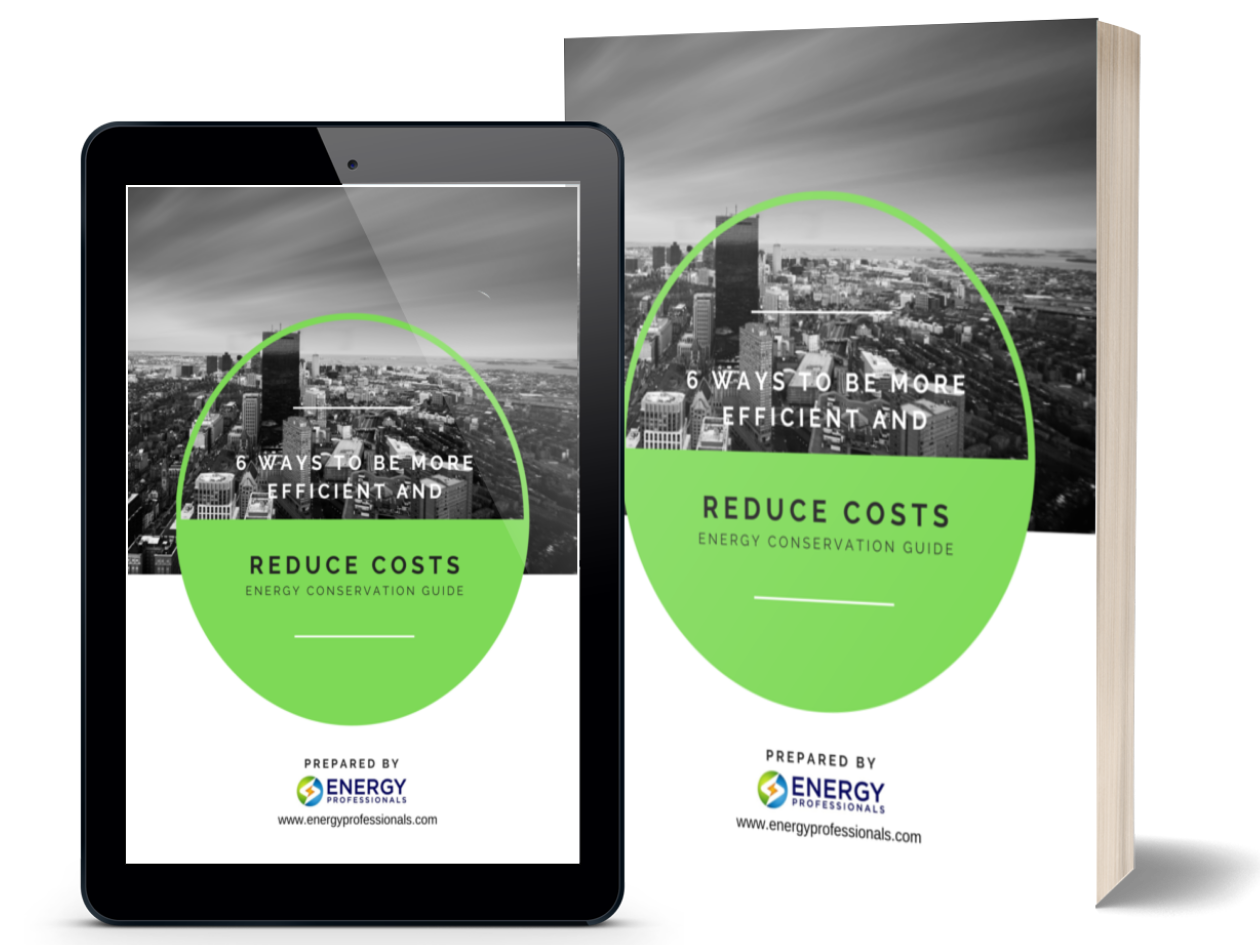It’s getting harder to breathe in many parts of the country.
The American Lung Association warns that almost half of Americans — or a whopping 141 million people — are inhaling unsafe air, according to its 2019 State of the Air report. This is an increase of more than 7.2 million people from last year, with eight cities reporting their highest number of days with dangerous ozone and particular pollution level spikes since air quality was first measured 20 years ago. They were:
- Fairbanks, Alaska
- Salinas, Calif.
- Santa Maria-Santa Barbara, Calif.
- Missoula, Mont.
- Bismarck, N.D.
- Bend-Pineville, Ore.
- Spokane-Spokane Valley-Coeur d’Alene, Wash.-Idaho
- Yakima, Wash.
The nation also recorded more days when the air quality was considered hazardous and reached emergency conditions than ever before.
The State of the Air report analyzed ozone and particle pollution data by metropolitan areas during 2015, 2016 and 2017, which was collected from states, counties, cities, tribes and federal agencies, including the Environmental Protection Agency. These three years were the hottest recorded in global history, and the report explained that such changing climate patterns can spark wildfires (2018 saw California hit with the deadliest wildfire in its history — and that data wasn’t even factored into this report) and led to worsened ozone pollution, aka smog. And this hazardous air quality is dangerous for vulnerable populations such as children, older adults and those living with lung disease.
The report also noted that the Trump administration’s rollbacks to clean water, air and land regulations, as well as budget cuts to the Environmental Protection Agency, have also reversed the progress that’s been made to clean the air.
“The 20th annual ‘State of the Air’ report shows clear evidence of a disturbing trend in our air quality after years of making progress: In many areas of the United States, the air quality is worsening, at least in part because of wildfires and weather patterns fueled by climate change,” said American Lung Association President and CEO Harold Wimmer in a statement.
He added that “This increase in unhealthy air is eye-opening, and points to the reality that the nation must do more to protect the public from serious, even life-threatening harm. There is no clearer sign that we are facing new challenges than air pollution levels that have broken records tracked for the past 20 years, and the fact that we had more days than ever before when monitored air quality reached hazardous levels for anyone to breathe.”
The report defines the pollutants as particle pollution, or unhealthy particles in the air from wildfires, wood-burning devices, coal-fired power plants, and Diesel engines. This microscopic pollutant can get deep into the lungs and enter the bloodstream, which can cause lung cancer and trigger asthma attacks, heart attacks and strokes. The following cities experienced the most days of short-term particular pollution over a 24-hour period.
Top 10 U.S. Cities Most Polluted by Short-Term Particle Pollution
- Bakersfield, Calif.
- Fresno-Madera-Hanford, Calif.
- Fairbanks, Alaska
- San Jose-San Francisco-Oakland, Calif.
- Missoula, Mont.
- Yakima, Wash.
- Los Angeles-Long Beach, Calif.
- Salt Lake City-Provo-Orem, Utah
- Seattle-Tacoma, Wash.
- Pittsburgh-New Castle-Weirton, Pa.-Ohio-W. Va.
But more than 20.5 million Americans live in areas where dangerous amounts of particle pollution are in the air year-round, often produced by agriculture, power plants and industrial sources, as well as wildfires.
Top 10 U.S. Cities Most Polluted by Year-Round Particle Pollution
- Fresno-Madera-Hanford, Calif.
- Bakersfield, Calif.
- Fairbanks, Alaska
- Visalia, Calif.
- Los Angeles-Long Beach, Calif.
- San Jose-San Francisco-Oakland, Calif.
- Pittsburgh-New Castle-Weirton, Pa.-Ohio-W. Va.
- El Centro, Calif.
- Cleveland-Akron-Canton, Ohio
- Medford-Grants Pass, Ore.
Finally, about 134 million Americans lived in areas with too many high ozone pollution days. This refers to smog, which when inhaled can cause shortness of breath and trigger coughing fits and asthma attacks, and could also potentially shorten life. It’s often caused and worsened by warming temperatures.
Top 10 Most Ozone-Polluted Cities
- Los Angeles-Long Beach, Calif.
- Visalia, Calif.
- Bakersfield, Calif.
- Fresno-Madera-Hanford, Calif.
- Sacramento-Roseville, Calif.
- San Diego-Chula Vista-Carlsbad, Calif.
- Phoenix-Mesa, Ariz.
- San Jose-San Francisco-Oakland, Calif.
- Houston-The Woodlands, Texas
- New York-Newark, N.Y.–N.J.-Conn.-Pa.
Only six cities qualified for “clean” status, which includes experiencing no high ozone or high particle pollution days, as well as ranking among the 25 cities with the lowest year-round particular pollution levels between 2015 and 2017.
Cleanest U.S. Cities (listed in alphabetical order)
- Bangor, Maine
- Burlington-South Burlington, Ver.
- Honolulu, Hawaii
- Lincoln-Beatrice, Neb.
- Palm Bay-Melbourne-Titusville, Fla.
- Wilmington, N.C.









